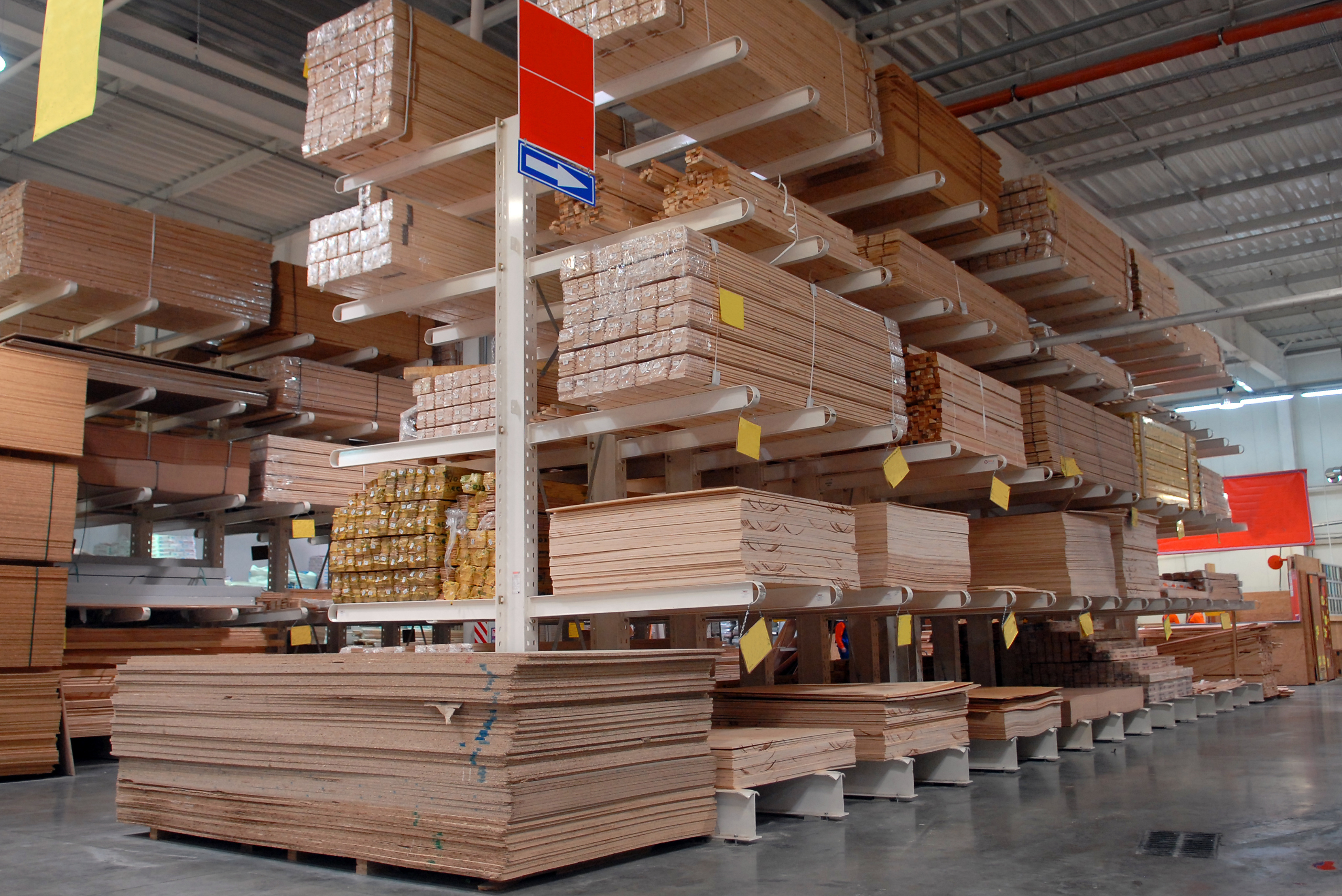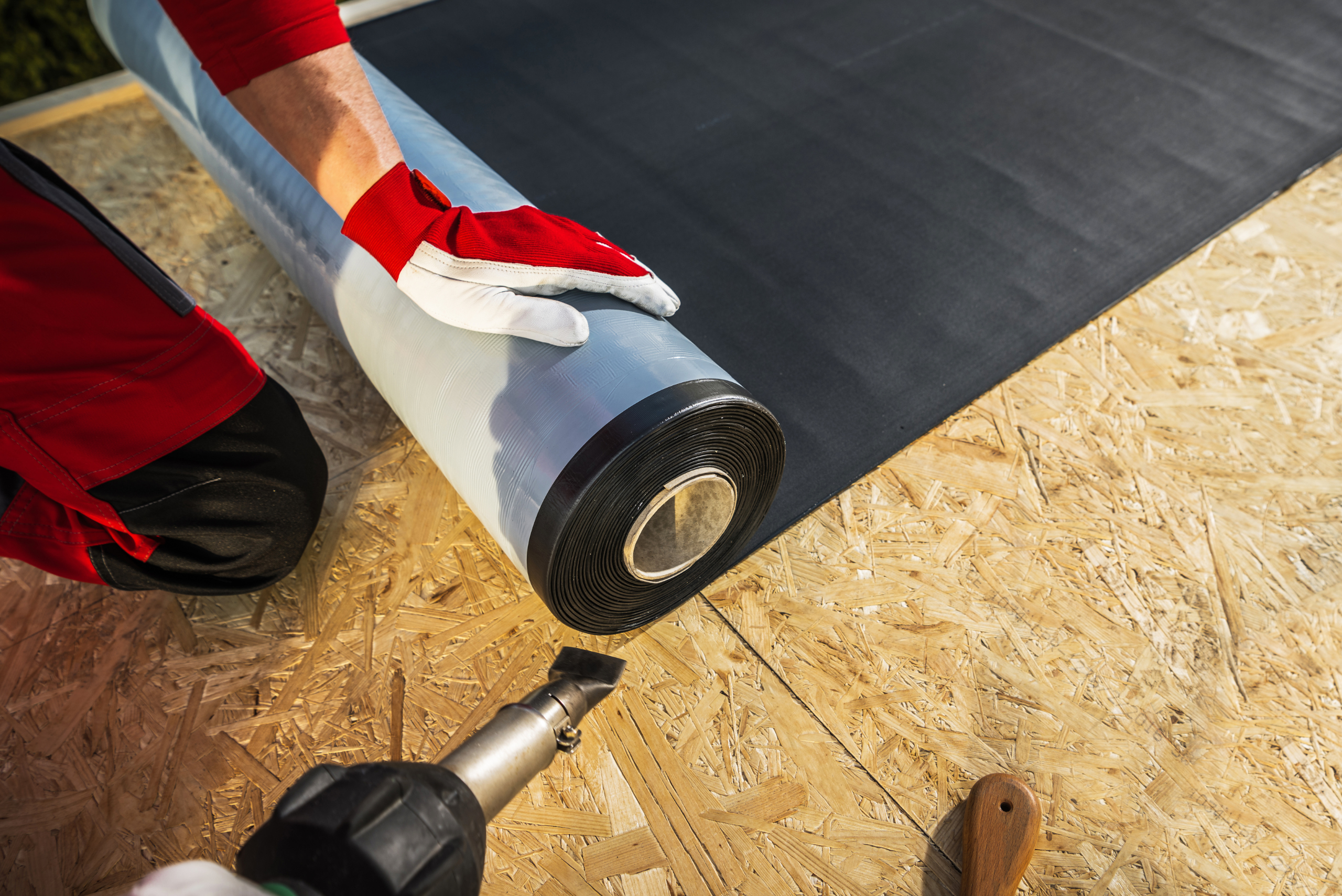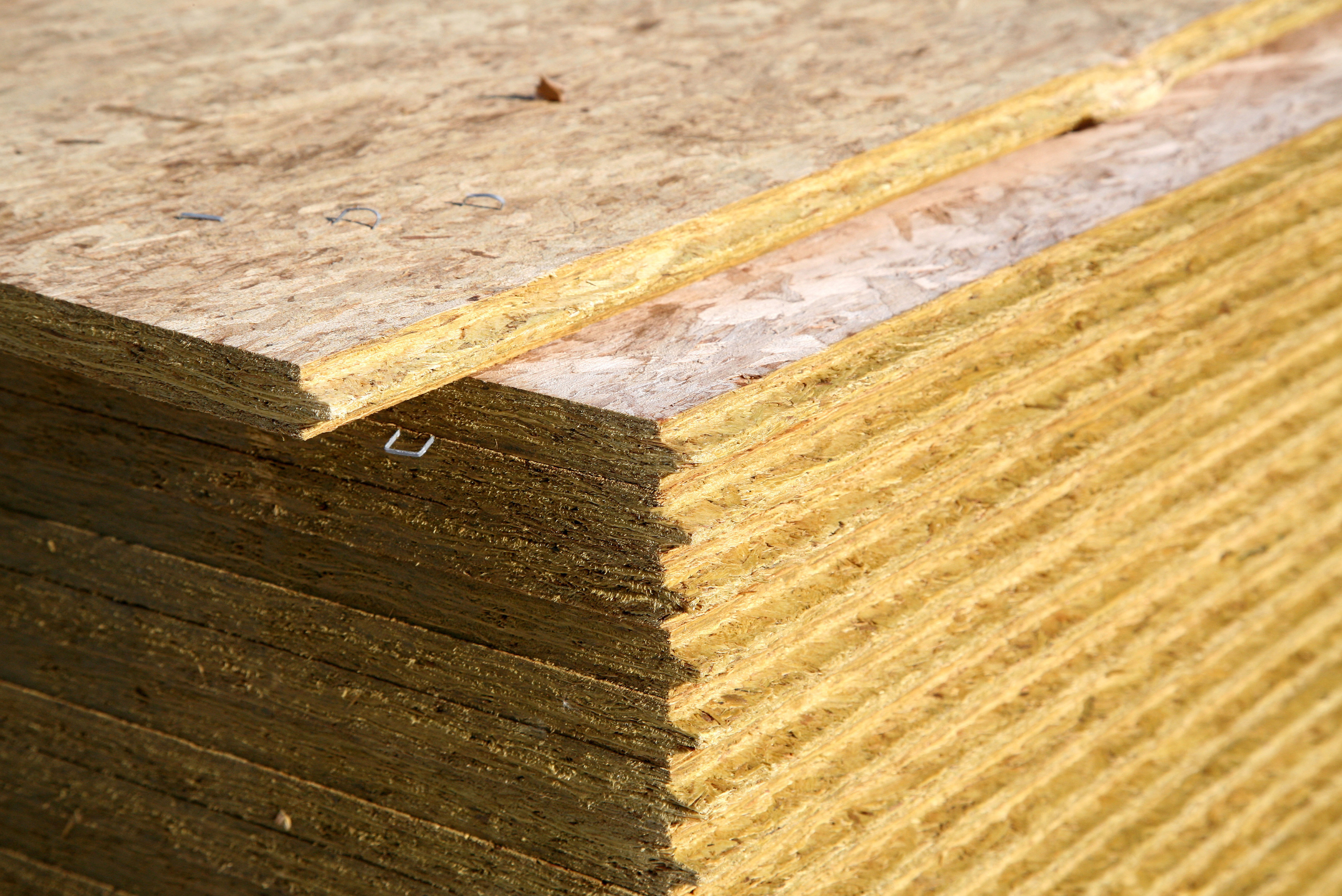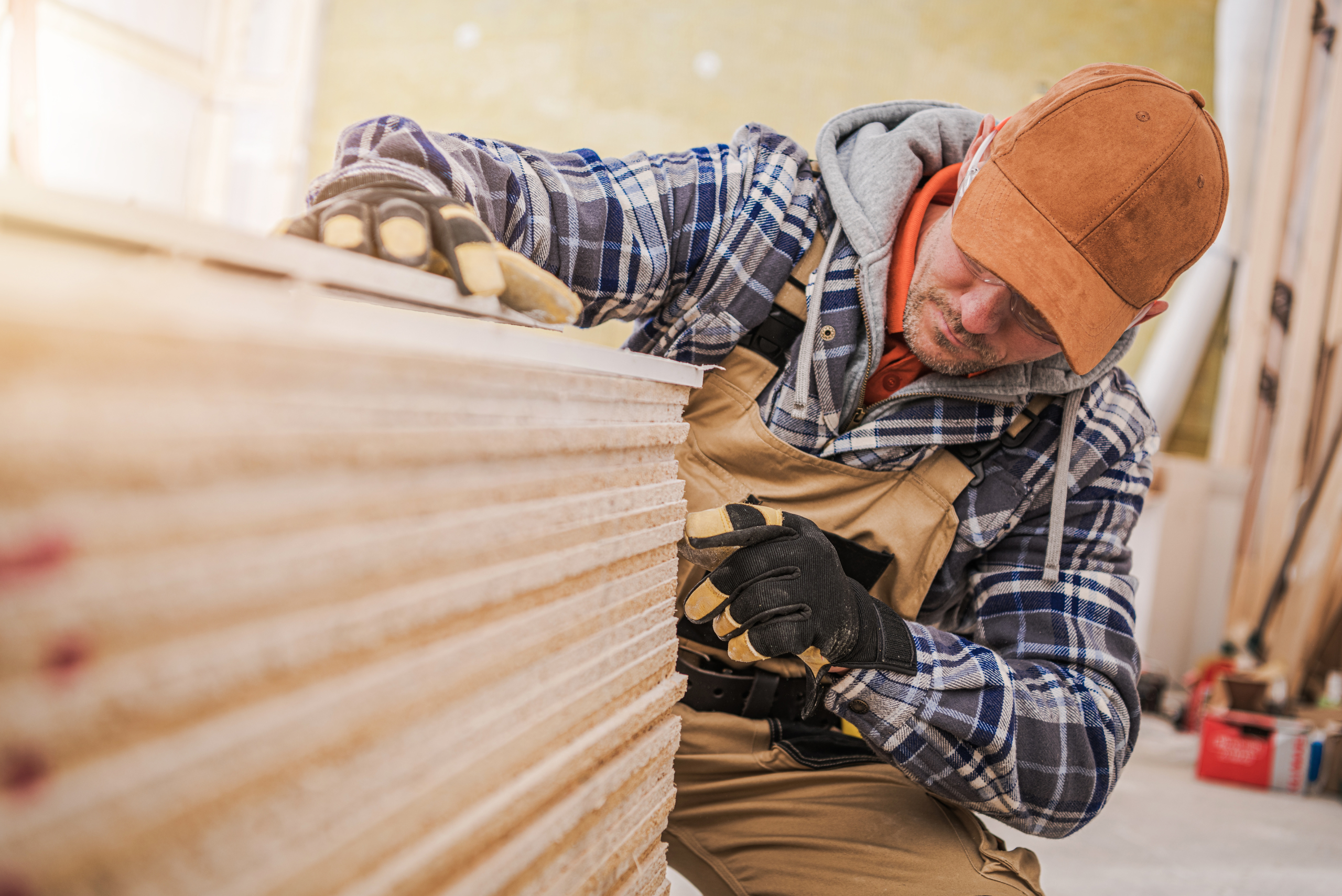Plywood vs. Particleboard: Understanding Their Uses and Differences
When it comes to choosing materials for your next DIY project, “Plywood vs. Particleboard” is a common debate. Both materials have their unique advantages and disadvantages, and selecting the right one can make a significant difference in the outcome of your project. In this article, we’ll dive deep into the world of plywood and particleboard, examining their characteristics, applications, cost implications, and much more to help you make an informed decision during your next home renovation or remodel.
Comparing Plywood and Particleboard – Strength, Durability, and More
Plywood is a versatile building material made by gluing together thin layers of wood veneers. These veneers are stacked in alternating grain patterns, which gives plywood its remarkable strength and stability. Plywood is known for its high resistance to warping, cracking, and shrinking, making it an excellent choice for structural applications and furniture that needs to withstand heavy use.

On the other hand, particleboard is made from wood chips, sawdust, and other wood byproducts that are bonded together with resin. While it doesn’t match the strength of plywood, particleboard is still a popular choice for many applications due to its affordability and smooth surface. However, it’s important to note that particleboard is more susceptible to moisture damage and may not be as durable as plywood in certain conditions.
Applications and Uses of Plywood and Particleboard
Plywood is often used in construction projects, such as subflooring, roofing, and wall sheathing, thanks to its strength and durability. It’s also a favorite among furniture makers and DIY enthusiasts for creating cabinets, shelves, and other pieces that require a sturdy and long-lasting material. Plywood’s versatility and reliability make it a go-to choice for many different types of projects.

Particleboard, while not as strong as plywood, has its own set of advantages. It’s commonly used for making furniture, especially in budget-friendly options like ready-to-assemble pieces. The smooth surface of the particleboard makes it ideal for laminating or veneering, allowing for a polished and attractive finish. Additionally, particleboard is often used in interior applications where moisture exposure is minimal, such as in closet organizers and office furniture.
Cost Considerations for Plywood and Particleboard
When deciding between plywood and particleboard, cost is a significant factor to consider. Plywood tends to be more expensive due to the manufacturing process and the quality of the wood veneers used. The price can vary depending on the type of plywood, with higher-grade options costing more than lower-grade ones. However, the added expense can be justified by plywood’s superior strength and durability.

Particleboard, on the other hand, is generally more affordable, making it an attractive option for budget-conscious projects. The lower cost is due to the use of wood byproducts and a simpler manufacturing process. While particleboard may not offer the same level of performance as plywood, its cost-effectiveness makes it a practical choice for many applications, especially when structural integrity is not a primary concern.
Pros and Cons of Plywood and Particleboard
To make an informed decision, it’s crucial to weigh the pros and cons of each material. Plywood’s main advantages include its strength, durability, and resistance to warping and shrinking. It’s a reliable choice for both structural and aesthetic applications. However, its higher cost and potential for splintering at the edges can be seen as drawbacks.

Particleboard’s primary benefits lie in its affordability and smooth surface, making it ideal for budget-friendly furniture and interior projects. Its drawbacks include lower strength, susceptibility to moisture damage, and potential health concerns related to adhesives. Understanding these pros and cons can help you choose the right material for your specific needs and project requirements.
Related Articles
- From Plywood to Play: How To Build Cornhole Boards
- How to Waterproof Plywood With Epoxy Sealer, Drying Oil, Varnish or Paint
- OSB vs. Plywood: Which to Use for Your DIY Projects?
By understanding the characteristics, applications, cost considerations, environmental impact, and pros and cons of each material, you can make an informed decision that best suits your project needs. Whether you choose plywood or particleboard, both materials have their unique advantages and can contribute to the success of your DIY endeavors.
Ready to start your next project? Join our DIY community to receive tool tips, how-to guides, and exclusive creative insights. Subscribe to the ManMadeDIY newsletter now! Click here to unlock a world of hands-on inspiration.









